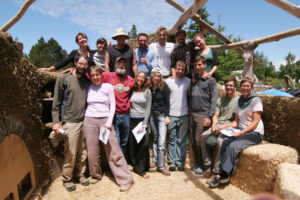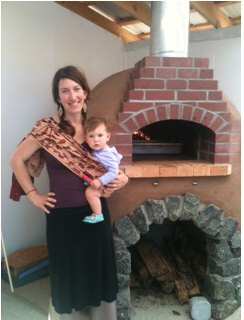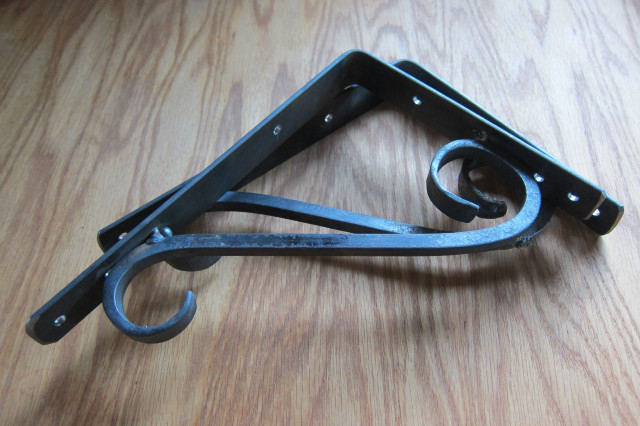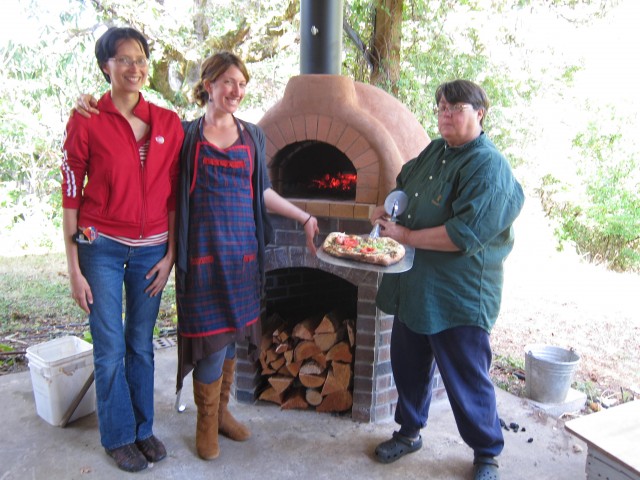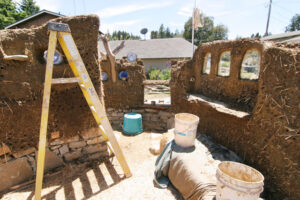 It’s funny how things change. Looking back, I can barely recognize the “myself” of just a few years ago. It’s a good thing we rarely get what we want, otherwise I’d be living in a gigantic box, industrially manufactured, full-to-bursting with noxious chemicals, ill-suited to the climate and attributes of my building site, and poorly fitted to the needs of myself and future family. And I would have paid for it. How? Well, if things went “well”, by borrowing hundreds of thousands of dollars from the world’s most moral and conscientious institutions. If that wasn’t bad enough, the cost of that kind of home doesn’t end when you’ve finally finished paying the bank (often three times the amount of the original loan). How much will you end up paying to heat and cool your home over the course of its useful life span? Designing a home that takes into account things like the direction of the sun, shade from trees, and a mass’ ability to store and release heat will save you tens of thousands of dollars in energy costs.
It’s funny how things change. Looking back, I can barely recognize the “myself” of just a few years ago. It’s a good thing we rarely get what we want, otherwise I’d be living in a gigantic box, industrially manufactured, full-to-bursting with noxious chemicals, ill-suited to the climate and attributes of my building site, and poorly fitted to the needs of myself and future family. And I would have paid for it. How? Well, if things went “well”, by borrowing hundreds of thousands of dollars from the world’s most moral and conscientious institutions. If that wasn’t bad enough, the cost of that kind of home doesn’t end when you’ve finally finished paying the bank (often three times the amount of the original loan). How much will you end up paying to heat and cool your home over the course of its useful life span? Designing a home that takes into account things like the direction of the sun, shade from trees, and a mass’ ability to store and release heat will save you tens of thousands of dollars in energy costs.
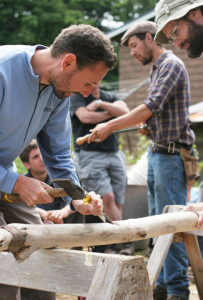 So, what am I talking about here? I’m talking about designing and building your own home out of inexpensive and often free natural or scavenged materials. To learn how, I attended a 9 day workshop on cob construction sponsored by the Cob Cottage Company, taught by Max and Eva Edleson. Cob is a mixture of clay, sand, straw, and water that dries into a concrete-like mass, used for building load-bearing walls (among other things). This crash-course in earthen home building gave its participants the knowledge and experience necessary to undertake projects of their own, whether it be a country cottage of their dreams or a lovely garden wall to complement the home they already own. I left the workshop inspired, motivated, and empowered to construct a future for myself, in ways that wouldn’t even have been conceivable to me a few years ago.
So, what am I talking about here? I’m talking about designing and building your own home out of inexpensive and often free natural or scavenged materials. To learn how, I attended a 9 day workshop on cob construction sponsored by the Cob Cottage Company, taught by Max and Eva Edleson. Cob is a mixture of clay, sand, straw, and water that dries into a concrete-like mass, used for building load-bearing walls (among other things). This crash-course in earthen home building gave its participants the knowledge and experience necessary to undertake projects of their own, whether it be a country cottage of their dreams or a lovely garden wall to complement the home they already own. I left the workshop inspired, motivated, and empowered to construct a future for myself, in ways that wouldn’t even have been conceivable to me a few years ago.
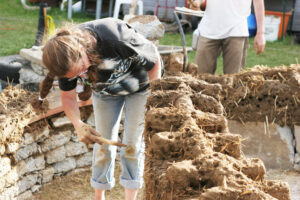 Attending the workshop with such a diverse group of people made clear to me just how varied we all were in our motivations for learning how to build with cob. I won’t try to speak for the rest of them, but I would like to list my own reasons for pursuing this ideal. If you can relate to my list, perhaps you may also benefit from learning more, either by attending a workshop near you, or by doing your own homework and helping others with their own natural building projects.
Attending the workshop with such a diverse group of people made clear to me just how varied we all were in our motivations for learning how to build with cob. I won’t try to speak for the rest of them, but I would like to list my own reasons for pursuing this ideal. If you can relate to my list, perhaps you may also benefit from learning more, either by attending a workshop near you, or by doing your own homework and helping others with their own natural building projects.
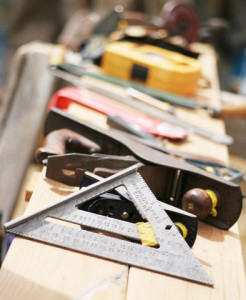 What draws me to natural building:
What draws me to natural building:
Avoiding a mortgage completely (and the time gained by not needing to work as much to pay for it)
Building with local or even on-site, non-toxic materials
Designing for myself, to fit my needs and interests
Involving my friends and family in the process
Working with my hands and low-tech, inexpensive tools
The surprising efficiency and effectiveness of natural materials pared with traditional methods
The breathtaking beauty and soul-nourishing qualities of cob homes
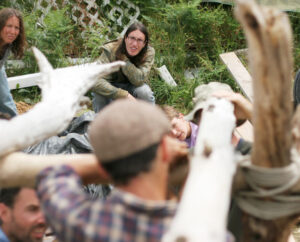 If you’re unsure that taking a workshop is for you, consider that you’ll have a hard time coming up with a better way to get so much information and hands-on experience in such a short time. It amazed me how quickly I internalized the core concepts and techniques of cob construction, just by getting my hands dirty and absorbing the information as it came.
If you’re unsure that taking a workshop is for you, consider that you’ll have a hard time coming up with a better way to get so much information and hands-on experience in such a short time. It amazed me how quickly I internalized the core concepts and techniques of cob construction, just by getting my hands dirty and absorbing the information as it came.
The workshop I attended encouraged learning through observation, though the instructors were also often fielding questions and adapting their curriculum to match the needs of the participants. It makes a big difference when you know your instructors are not only passionate about what they are teaching, but also about making sure everyone is getting what they came for.
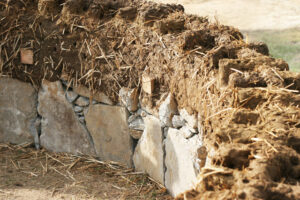 Workshop days typically started early in the morning (before breakfast) with mixing cob. The cob would then be stored under tarps (to prevent premature drying) while everyone had breakfast, and perhaps partook in a mid-morning lesson. Lessons covered many topics, such as arches, roof design, and passive solar strategies. Before resuming construction, we took time to observe the structure and make any corrections (walls out of plumb, windows crooked, etc). Next, we got to work on the wall. Various groups were formed to tackle specific tasks, such as making the fireplace, installing windows, or scavenging for that perfect ridge beam. During lunch, conversation often revolved around natural building – not by design, but because everyone was so interested in it. Afternoons saw us back on the wall, continuing where we left off, or perhaps watching a demo of other natural building techniques (adobe, bale-cob, etc.). After dinner we might watch a video about natural buildings, or just enjoy ourselves around an evening campfire. Sounds awful, doesn’t it?
Workshop days typically started early in the morning (before breakfast) with mixing cob. The cob would then be stored under tarps (to prevent premature drying) while everyone had breakfast, and perhaps partook in a mid-morning lesson. Lessons covered many topics, such as arches, roof design, and passive solar strategies. Before resuming construction, we took time to observe the structure and make any corrections (walls out of plumb, windows crooked, etc). Next, we got to work on the wall. Various groups were formed to tackle specific tasks, such as making the fireplace, installing windows, or scavenging for that perfect ridge beam. During lunch, conversation often revolved around natural building – not by design, but because everyone was so interested in it. Afternoons saw us back on the wall, continuing where we left off, or perhaps watching a demo of other natural building techniques (adobe, bale-cob, etc.). After dinner we might watch a video about natural buildings, or just enjoy ourselves around an evening campfire. Sounds awful, doesn’t it?
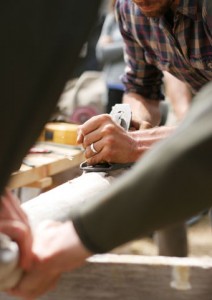 Based on that, I think it’s easy to see just how much you can pack into a 9 day course. Personally, I think the workshop should have come with a disclaimer.
Based on that, I think it’s easy to see just how much you can pack into a 9 day course. Personally, I think the workshop should have come with a disclaimer.
CAUTION: May cause severe desire to design and build cob homes. Max and Eva may not be held responsible for any of the following: 1) Abrupt change of priorities, 2) Moving to the country, or 3) Living peacefully and in harmony with your environment, and being happy with your home.
Dylan Boye is a photographer who currently lives in Southern California. Dylan’s curiosity has no boundaries and pulls along his acquisition and mastery of skills like a good horse pulls a laden cart. You can see more of Dylan’s work at his website.
